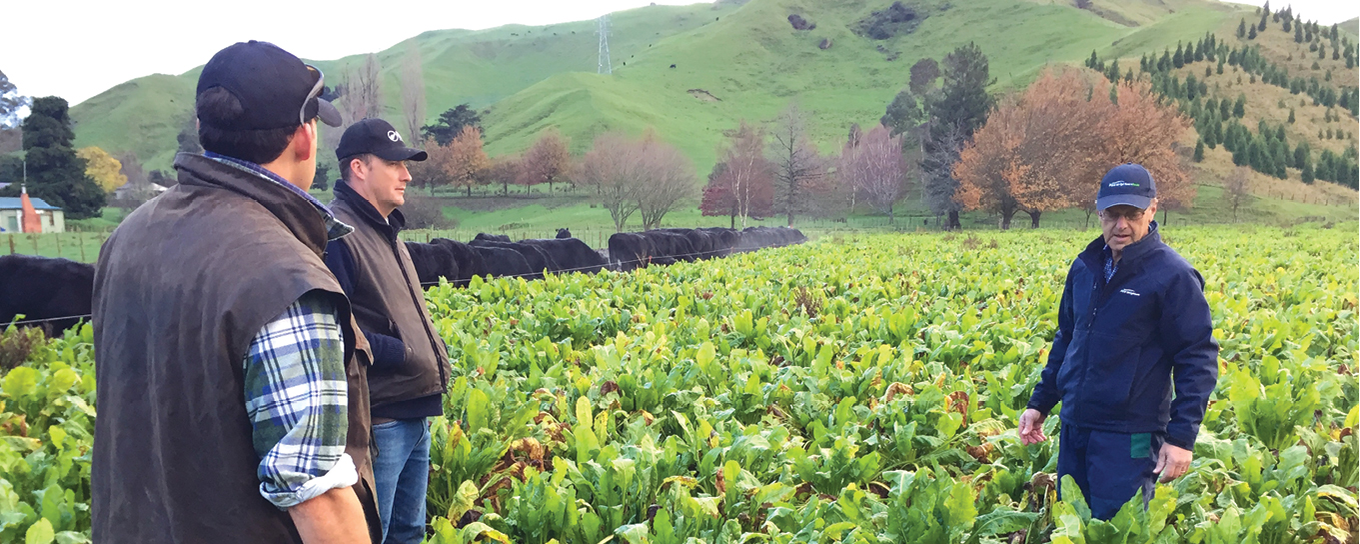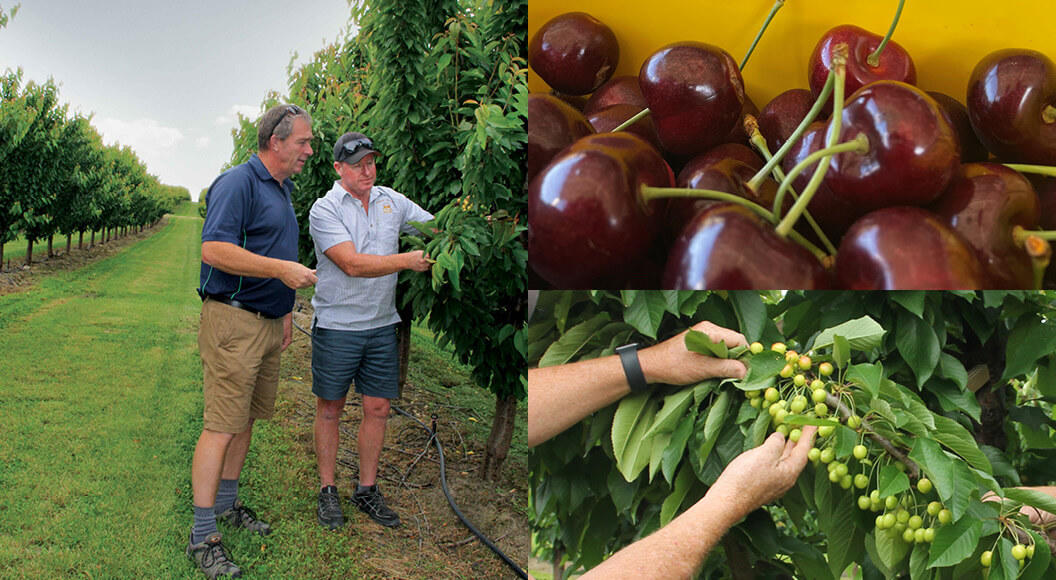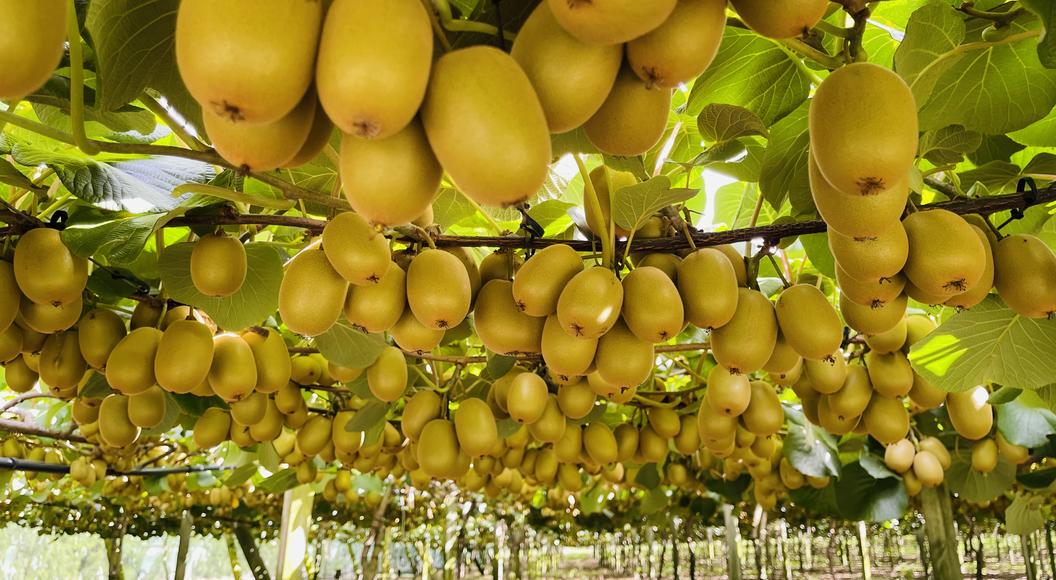
Good planning key to success with fodder beet
The results that Phil Chapman of South Canterbury has had feeding beet to R1s and R2s on his sheep and beef property prove that effective planning is key to a successful fodder beet crop.
The versatility of fodder beet makes it an attractive forage option in many farming systems throughout New Zealand. Predominantly a high yielding feed for wintering dairy cows, farmers like Phil are now successfully using beet to put liveweight gain onto cattle. Fodder beet can also play a role in holding body condition of dairy cows on the shoulders of the milking season, and has been used effectively within the beef, sheep, goat and deer industries.
Phil Chapman has a 530 ha property in Kakahu between Geraldine and Fairlie. Planting 7 ha of dryland fodder beet, Phil focuses on getting the inputs right and follows a fertiliser recommendation plan set with his PGG Wrightson Technical Field Representative Matt Cooper. “Stick to the plan when transitioning as well, if you get that right it is simple for the rest of the winter,” explains Phil.
It all starts with a well prepared and consolidated seedbed. If you can get this right and obtain an even plant establishment, weed control becomes much easier when the beet is at a similar growth stage.
Spring can be a tight time feed wise for Phil, so the ability to keep animals on beet longer in the spring to let sufficient grass covers build is great. “The flexibility of grazing is fantastic,” explains Phil “I love fodder beet for the extra yield I get in the same area versus kale. It is nearly double, and once transitioned it is really easy to feed out.”
Phil feeds a good quality supplement with his fodder beet, particularly to the yearlings as they need to grow muscle and need a good protein source to achieve this. Cattle from last year fed fodder beet went on the crop at 260 kg liveweight and achieved gains of 1.2 kg/head/day, coming off the beet at 405 kg liveweight. Good planning for fodder beet includes ensuring time to plan paddock crop rotations. Considering these help support the long term use and success of fodder beet crops by minimising the risk of soil born disease build up, paddock contamination from old bulb chips or bolting fodder beet plants that could set viable seed.
In many cases a rotation of four or more years is advised and if the rotation length is shorter between crops, care must be taken to ensure the roguing of bolting beet plants. For the last few years, the true effect of bolters has been overlooked by many in the sector and their relevancy underestimated.
If bolting plants are not removed or destroyed before they complete their life cycle, they can produce up to 6,000 seeds per plant, which can fall to the ground and potentially remain viable over several years. There is the risk that bad cases prevent future fodder beet plantings in those effected paddocks as re-seeded beet establishes at very high populations, and herbicides used in your sown beet crop does not control re-seeded beet, resulting in severe suppression of yield.
As per recommended crop husbandry, Phil does not double crop his fodder beet. Following his fodder beet, Phil is planning on sowing a Relish red clover stand so his weed control programme is especially important.
For more information on integrating fodder beet in your system, talk to your local PGG Wrightson representative.
Supplied by Agricom


